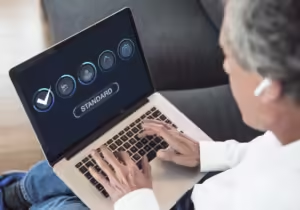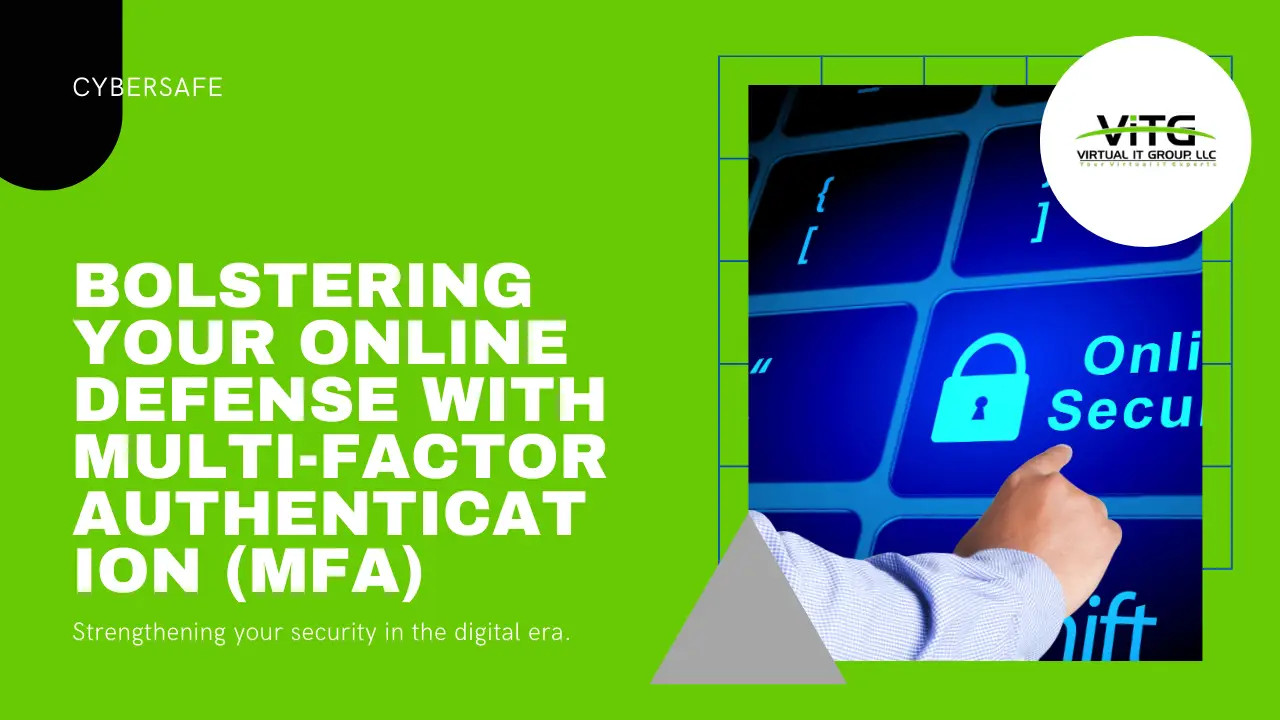In today’s hyper-connected world, our online lives are brimming with sensitive information. From financial accounts to social media profiles, securing this data is paramount. This is where Multi-Factor Authentication (MFA) steps in, acting as a powerful defense against unauthorized access.
 Here’s a breakdown of some popular MFA methods:
Here’s a breakdown of some popular MFA methods:
Why is MFA Crucial?
Imagine your password as a single lock on your digital door. While it provides a basic layer of security, a determined intruder with the right tools (or a healthy dose of luck) could potentially crack it. MFA adds another layer of security, functioning like a deadbolt or an alarm system. Even if your password is compromised, gaining access becomes significantly more difficult for the attacker. Here’s a closer look at the benefits of MFA:- Enhanced Security: MFA significantly reduces the risk of unauthorized access. Stolen passwords, phishing attacks, and even keyloggers become less effective with the added verification step.
- Improved Compliance: Many industries and regulations mandate strong authentication practices. MFA helps organizations adhere to these requirements and avoid potential penalties.
- Peace of Mind: Knowing your accounts have an extra layer of protection provides valuable peace of mind. You can relax a little easier, especially when dealing with sensitive data.
How Does MFA Work?
MFA verifies your identity through two or more factors. These factors typically fall into three categories:- Something You Know: This is usually your password, PIN, or security question answer.
- Something You Have: This could be your smartphone, a security key, or a one-time code generator.
- Something You Are: This includes biometric factors like fingerprints, facial recognition, or iris scans.
Common MFA Methods
 Here’s a breakdown of some popular MFA methods:
Here’s a breakdown of some popular MFA methods:
- Authenticator Apps: These apps (like Google Authenticator or Microsoft Authenticator) generate unique one-time codes that expire after a brief period.
- SMS Verification: A one-time code is sent to your registered phone number, which you then enter to complete the login process. While convenient, SMS verification can be vulnerable to SIM swapping attacks.
- Security Keys: These physical devices offer a secure way to authenticate by requiring physical possession. They are generally considered the most secure MFA method.
- Biometric Authentication: Fingerprint scanners, facial recognition, and iris scans use your unique physical characteristics for verification.
Setting Up MFA on Your Accounts
Most online services and applications offer MFA as an optional security feature. Here’s a general guide on enabling MFA:- Access your account settings. Look for a section on “Security” or “Two-Factor Authentication.”
- Choose your MFA method. Select the method that best suits your needs.
- Follow the on-screen instructions. This typically involves linking your phone number, downloading an authenticator app, or registering a security key.
- Social Media Platforms: Security settings on each platform typically offer MFA options.
Additional Tips for Stronger Security:
- Use strong, unique passwords: Avoid using easily guessable passwords or the same password for multiple accounts. Consider using a password manager to generate and store strong passwords.
- Beware of phishing attacks: Don’t click on suspicious links or attachments in emails or messages.
- Keep your software updated: Regularly update your operating system, applications, and web browsers to patch security vulnerabilities.

